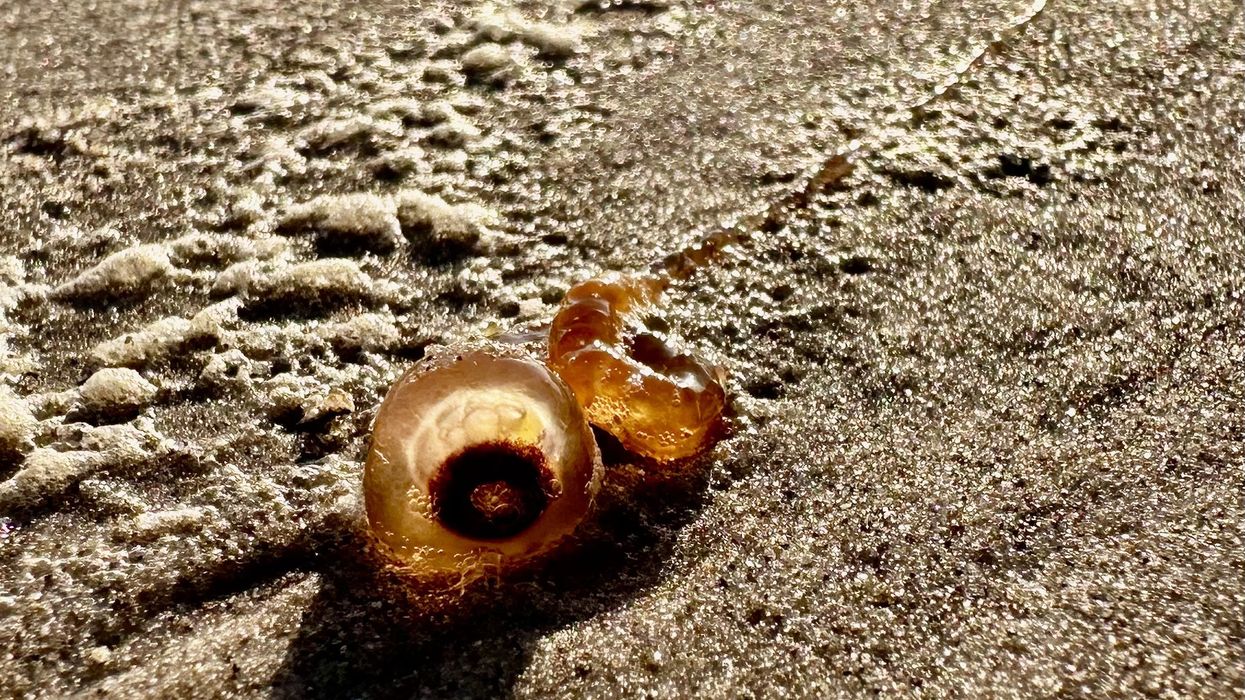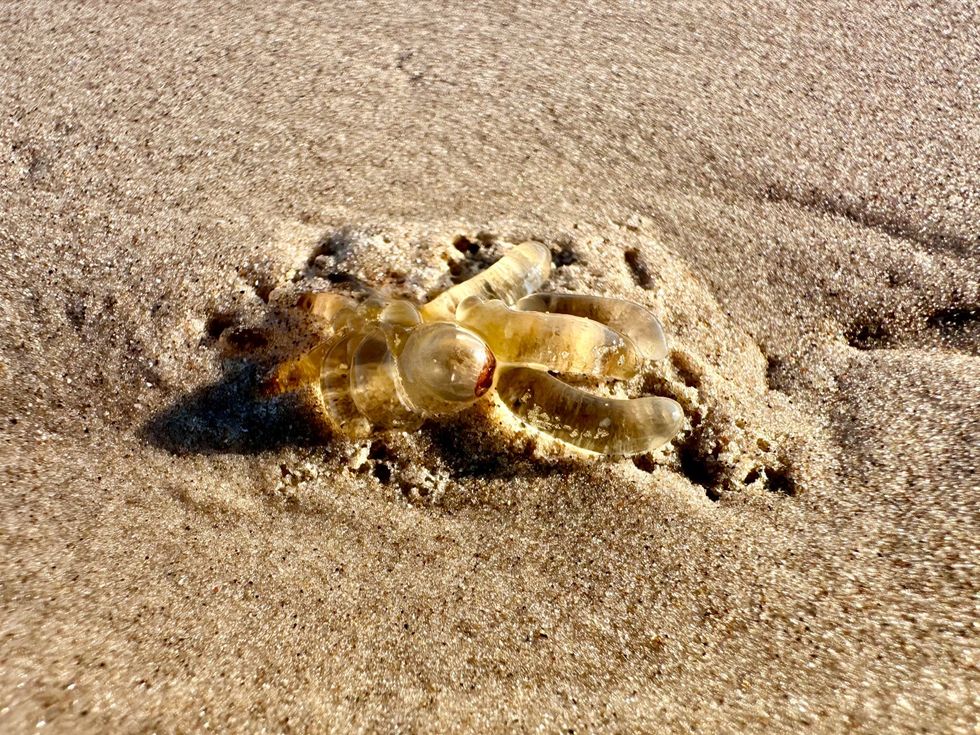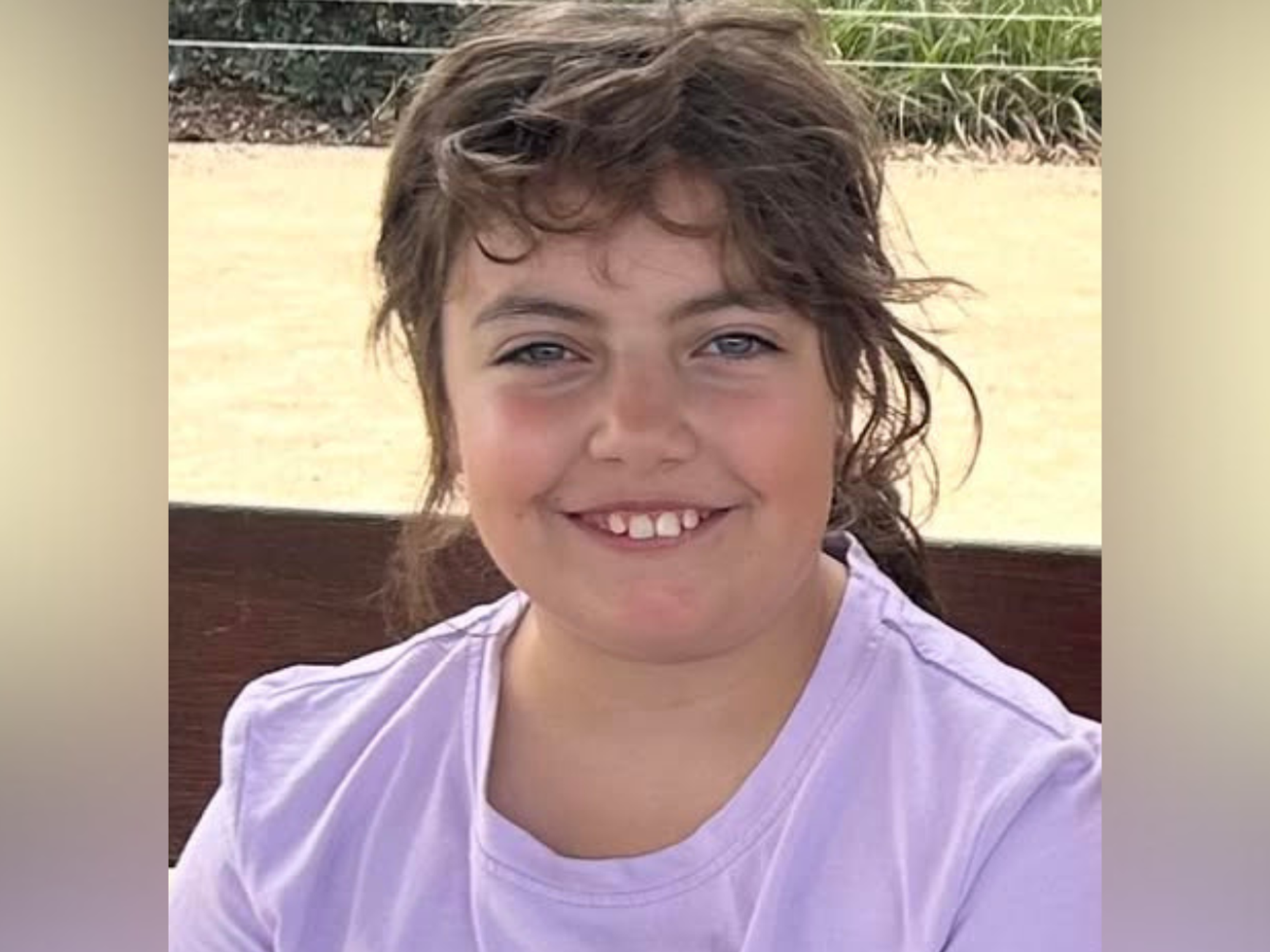Dozens of mysterious 'spaghetti monsters' with powerful sting wash up on Texas beaches

Nicknamed Spaghetti Monsters, Rhizophysa, are washing up in numbers in the US state of Texas
|PEN NEWS

The creatures have been described as being like 'an eyeball stretched out on the beach'
Don't Miss
Most Read
Latest
A creepy seabeast that looks like a disembodied eyeball and delivers a painful sting has been washing up by the dozen on the Texas coast.
Nicknamed Spaghetti Monsters, Rhizophysa are a type of siphonophore closely related to the dreaded Portuguese man o’ war.
And like their famous relation, they’re actually a colony of animals with tentacles that inflict a nasty sting upon contact.
Now they’re washing up in numbers in the US state of Texas – and experts are warning beach-goers not to touch.
Jace Tunnell of the Harte Research Institute at Texas A&M University personally found dozens of Rhizophysa stranded on the beach.
He said: “The spaghetti monsters have been washing up over the past three weeks along Mustang and North Padre Islands in Corpus Christi, Texas.

The colony of animals with tentacles inflict a nasty sting upon contact
|PEN NEWS
“This past weekend there was a large influx of them on the beach where I counted around 30 over along 100 metres of shoreline right at the water line.
“The creatures look like an eyeball stretched out on the beach.
"Their gas-filled float at the top of the organism has a black dot that really does look like the pupil of an eye.
“In some that we have found, they will have thick tentacles that hang down that look like spaghetti – hence how they have the nickname of spaghetti monster.”
Mr Tunnell has also personally felt the sting of the Rhizophysa.
He said: “From personal experience, I can tell you they do sting.
“However, the sting is not as intense as the man o' war. The sting only lasted about an hour.”
And though they’re easy to come by at the moment, they’re usually elusive creatures.
Mr Tunnell said: “The spaghetti monsters live in the open ocean, so it's not common to see them washing up here.
“Only during the perfect conditions of winds, waves, and current do we see them around March and April.
“These animals are fairly small – especially when they wash up on the beach, because they retract their tentacles – so it is rare for people to see them.
“A six foot-long spaghetti monster can retract its tentacles to two inches once washed up on shore, so you really have to know what you are looking for to see them.”
Mr Tunnell said that Rhizophysa comprise four different animals – a gas-filled bladder on top for floatation, tentacles for feeding, a digestive system, and a reproductive system.
He continued: “We are constantly amazed at the different life we find on our weekly beach surveys.
“These spaghetti monsters are just another example of the exciting things we encounter that we can help educate the public about to get them interested in protecting our oceans.”










